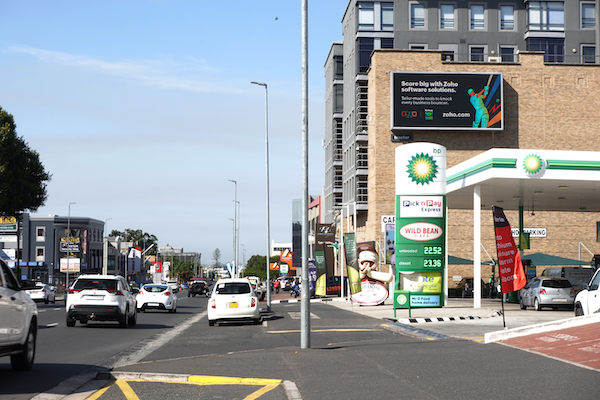Measuring attribution has been a long-term challenge for the media industry across the ecosystem, both on and offline. Relying on simple attribution models that often overestimate the impact of direct response ads – such as those that include call-to-actions like ‘click here’ or ‘buy now’ – ignore the myriad influences on the consumer journey.
Consequently, the true incremental value of individual media channels across campaigns is missed while above-the-line media types – like out of home (OOH) which drives top-of-the funnel KPIs – are often neglected.
OOH media has a lot of things going for it: reach, iconic presence, and Big Billboard Energy, to name a few. But one thing that it has always struggled with is its ability to show attribution. Historically, robust measurement was generally possible only through expensive pre- and post-testing and more recently, through programmatic-enabled measurement. However, such measurements require substantial media investment. For instance, achieving effective footfall measurement demands two million impressions per region over four weeks, while brand lift measurement requires upwards of three million impressions in the same period.
Explained Ruchelle Mouton, Head of Group Marketing and Services at Tractor Media Holdings: ‘In an OOH context, attribution can be measured through test control methodologies, such as comparing the differences between controlled and experimental (uncontrolled) groups, allows us to examine various marketing metrics based on specific campaign objectives within the marketing funnel. However, most attribution measurements have focused exclusively on footfall uplift within the OOH context, mainly measuring action taken after being exposed to an OOH advert.’
Now, for the first time, Tractor Outdoor has introduced a brand lift attribution measurement, specifically for outdoor media. The solution allows for measuring improvement on certain brand metrics that can directly be attributed to specific OOH marketing efforts above and beyond the existing brand equity. This forms part of its drive to develop various attribution measurement solutions for different needs, objectives and budgets.
‘We measure incremental brand lift attribution, which holistically looks at what can be attributed to the campaign’s success.’
‘What makes this new measurement solution so innovative is that we can now measure attribution across various campaign formats; be it digital loop-based buys, static, programmatic digital out of home (pDOOH) or a combination. This solution also doesn’t require the substantial media investment requirements of programmatic platform measurement; instead, it goes beyond clicks and impressions by evaluating the success of OOH campaigns based on marketing metrics throughout the marketing funnel and specific campaign objectives. Furthermore, we can compare against industry and media format benchmarks.’
‘It is important for us to be able to tangibly quantify brand metrics for our clients, to measure the effectiveness of their campaigns at a more granular level, gain consumer insights to inform future campaign strategies, and determine real return on investment.’
She explained that by using a test control methodology, Tractor can determine the campaign’s success against key performance indicators (KPIs). ‘We follow a simple process in collaboration with the brand or agency, where we pre-determine five KPIs for measurement based on the campaign’s objectives. Once the parameters and measurement objectives are defined, the brand lift study is activated during the second half of the campaign.’
‘We activate the Brand Lift study in the second half of a campaign to maximise coverage and repeatability of the message. Depending on the level of granularity required for reporting purposes, we can establish a robust sample size requirement and then broadcast the survey across an equal split of ad-recallers and non-ad recallers.’
Mouton added that both groups of respondents are selected within the same environment and socio-demographic criteria to ensure comparability. To do so, each site location is geo-fenced and the survey is then only distributed to individuals that have been in proximity to those specific location markers during the campaign period. ‘By employing geo-fencing and socio-demographic matching, we ensure that respondents are comparable while reducing any demographic bias,’ she said.
‘Another standout point is that, because we use standardised questions, we can compare the results of similar campaigns globally and benchmark campaign performance against KPIs related to both industry (e.g. QSR or technology) and media format (e.g. digital out of home).’
TRACTOR OUTDOOR
www.tractoroutdoor.com










